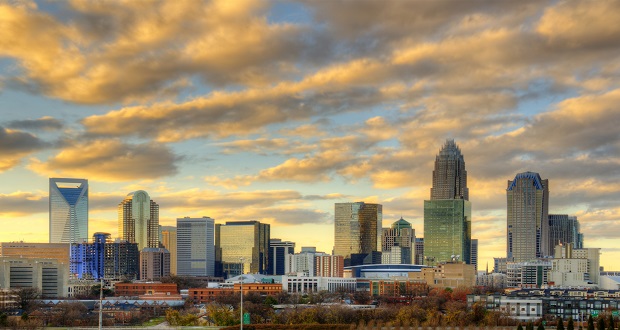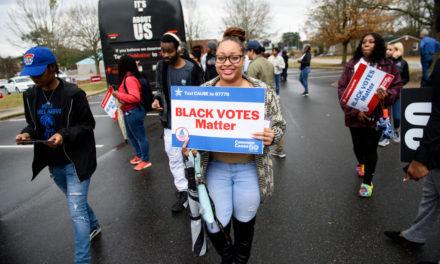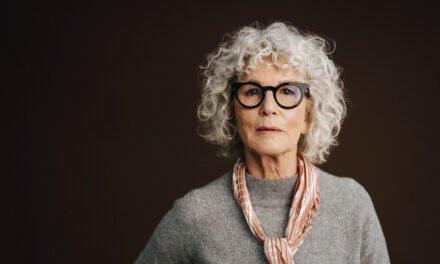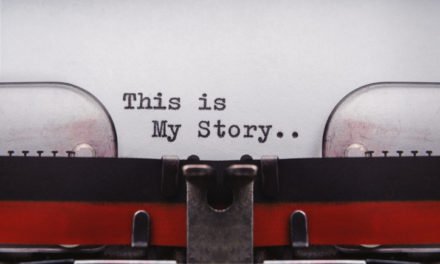
Several weeks ago my friend and filmmaker, King Williams, invited me to join his new podcast about issues related to his documentary on gentrification in Atlanta. The film is titled, “The Atlanta Way”, and tells the story of how Atlanta became the first city in the world to deliberately remove all public housing. The film is not officially released yet but you can watch a rough cut here. I love supporting local artists and friends, but especially when they take up a cause that has such a profound impact on so many people’s lives. King recently gave a presentation at Harvard about his film so I hope he continues to see great success.
I was invited on the podcast to speak as a sociologist, but also because King is interested in the ways gentrification is affecting all cities, not just Atlanta. And since Charlotte, my hometown, has been recently touted as the “best big city bargain” place to live we wanted to talk about some of the reasons Charlotte is experiencing such large growth as well as the effects this growth has on various communities.
I walked away from our conversation with a renewed awareness of the importance of diversity and inclusion work in all industry sectors—including government and urban design. It can be easy, for me at least, to forget the wide reach that diversity and inclusion work has into all aspects of our lives. A holistic view of diversity and inclusion is even more relevant when you begin to think about the intricate ways our personal experience is tied to our cultures at large. Even a small micro-aggression at work, based on an unconscious bias, may have deep roots connected to growing up in a segregated school or neighborhood from childhood. In fact, many sociologists look directly at residential segregation as the root cause of many of our country’s demographic inequalities.
Another reason thinking about gentrification and urbanism through the lens of diversity and inclusion is so important is that many politicians, mainstream media, and other policy makers miss many of the complexities of gentrification when they cover it. This is why The Atlanta Way documentary is so important. It tells the story of Atlanta from both a “top-down” (policy makers) and a “bottom-up perspective”, drawing on interviews from people on both ends of the spectrum.
Talking about my experience living in Charlotte made me realize that every city has its own unique history, filled with the stories of its many diverse residents. Charlotte, now the second largest financial district outside of NYC, also has one of the fastest growing Latino populations in the country. What was once a small farming city in the south is becoming one of the country’s new “it” cities for young professionals and immigrants alike. Like most cities, Charlotte’s gentrification story includes accounts of black and brown neighborhoods experiencing displacement, unequal housing, and less supported schools. But unlike many other cities, Charlotte still has an opportunity to cultivate and celebrate its unique history and vibrant communities of all colors before making large-scale structural changes that would make the city less inclusive for its most vulnerable citizens. We like to celebrate that we are part of the New South, remembering our historical roots while embracing our evolving future. I hope that Charlotte, and all cities, will see their diverse populations as stories to be supported and celebrated, and not exploited and displaced. And diversity and inclusion driven policies and design strategies are they way we can make our cities the inclusive places we love to live.


















